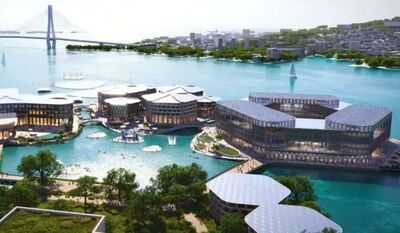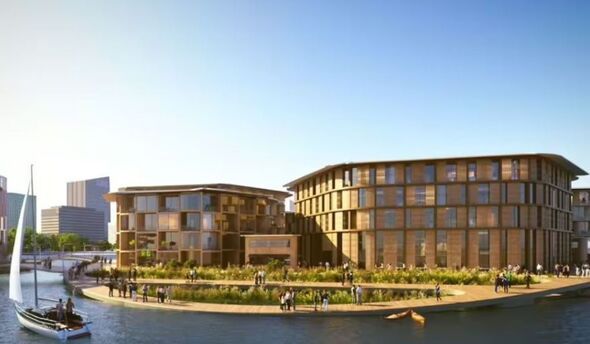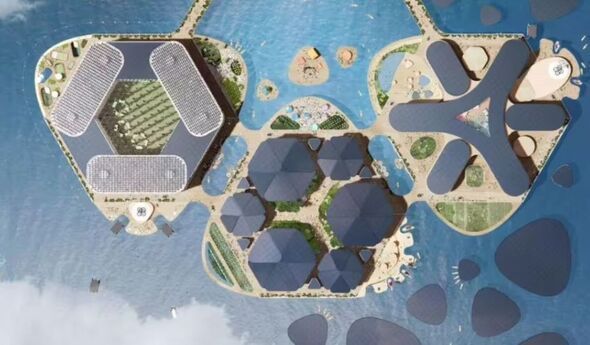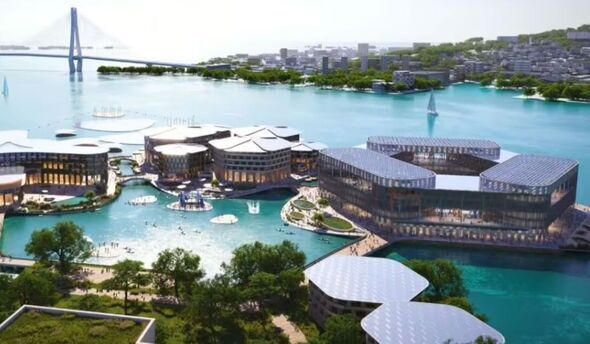

This incredible will look like a scene from a sci-fi film once it's built and will be a world-first.
Oceanix Busan will create a space which will be habitable with rising sea levels in mind.
It will be built off the coast of South Korea after being designed by BIG and SAMOO Architects & Engineers.
The prototype sustainable is the product of environmental concerns about the future.
First announced in 2021 and is due to be completed this year. Reports put the cost of the project at around £200 million but it is now estimated at around £600 million although Oceanix has not confirmed exact figures.

Interconnected platforms will cover a total of 15.5 acres which spread across a beautiful blue lagoon.
According to Oceanix, two in five people around the world live within 62 miles (100 kilometres) of the coast, with flooding already forcing millions of people to leave their homes.
The city will be split into different neighbourhoods - including living, research and lodging - covered in low-rise buildings, reports .
All built structures in will be kept below seven stories to create a low centre of gravity and resist wind, according to Oceanix.
It is estimated that around of megacities globally are vulnerable to rising sea levels - with flood damage to infrastructure costing billions while displacing millions of climate refugees from their homes.

The floating city will have integrated systems that make it function such as zero waste and circular systems, closed loop water systems, food, net zero energy, innovative mobility, and coastal habitat regeneration.
It will generate 100% of the 's energy through floating and rooftop photovoltaic panels.
The physics of floating concrete cities was described by Koen Olthuis, the founder of the Dutch architectural firm Waterstudio, who designed a floating development in the Maldives, reports the .
Olthuis told the New York Times: "The physics is very easy... A block of concrete will sink... But if you shape it into a box, then it floats. It's Archimedes. The amount of volume you push away is equal to the weight of the ."